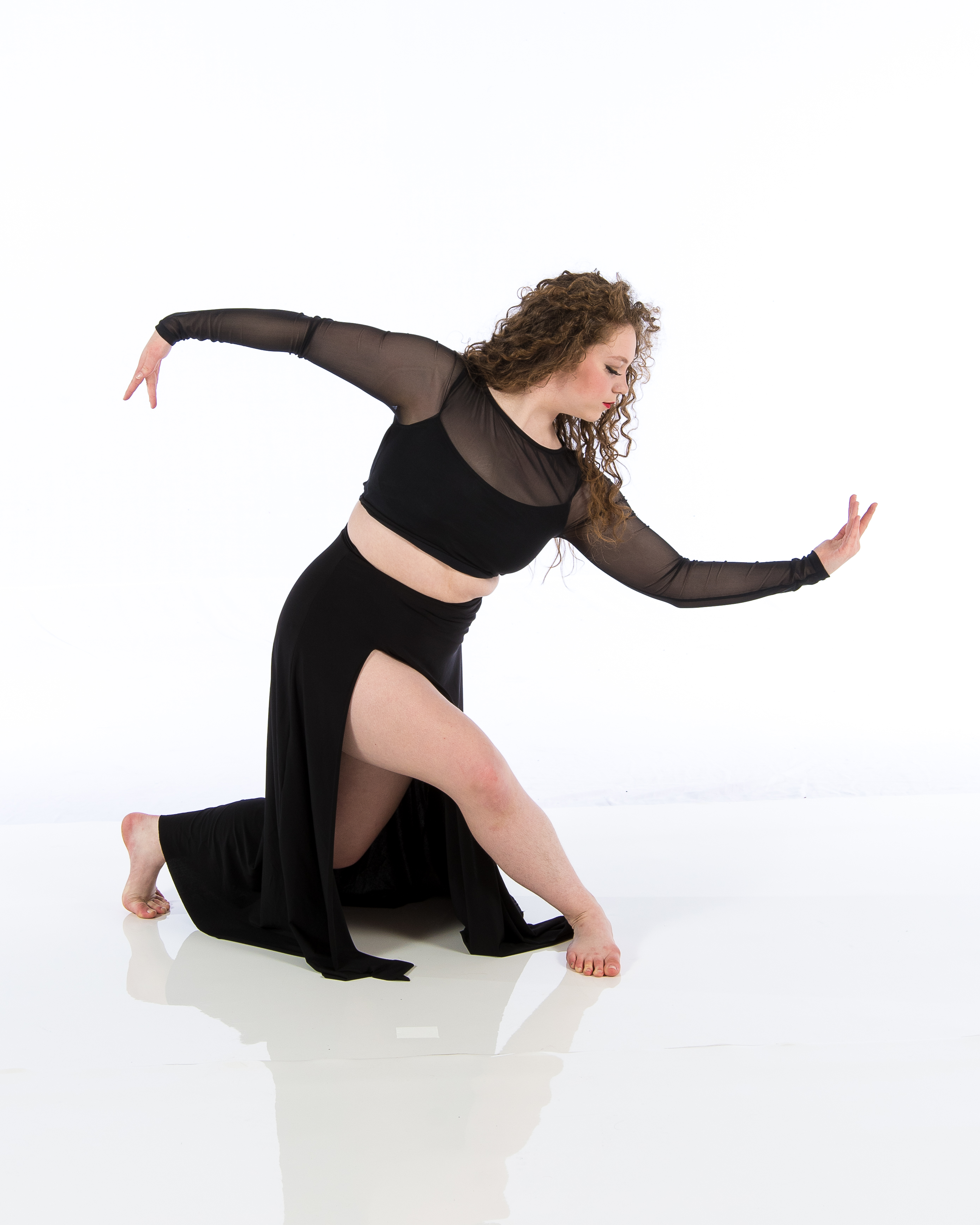Introduction
In the world of dance, endurance is a vital component that can make or break a performance. Whether you're a seasoned dancer at a Ballet Dance Studio or just starting out in a Dance Studio, the ability to sustain energy and focus during long rehearsals is crucial. This article, “How to Build Endurance for Long Rehearsals and Performances,” aims to provide you with comprehensive insights, practical tips, and expert advice on enhancing your stamina as a dancer.
Understanding Endurance in Dance
What Is Endurance?
Endurance isn’t just about being able to last longer; it’s about sustaining quality movement over time. In dance, this means maintaining strength, flexibility, and technique throughout lengthy rehearsals or performances.
Why Is Endurance Important in Dance?
Imagine performing the same intricate professional dance studio choreography repeatedly without losing form or energy. That’s where endurance shines! Dancers with high endurance levels can perform at their best even when fatigue sets in.
Types of Endurance Relevant to Dancers
Aerobic Endurance: This relates to how well your body can supply oxygen during extended physical activity. Anaerobic Endurance: This refers to high-intensity activities that last short bursts but require significant effort.Physical Training: The Backbone of Building Endurance
Cardiovascular Workouts for Dancers
Engaging in cardiovascular exercises can significantly improve aerobic endurance. Activities such as running, cycling, or swimming are excellent ways to condition your heart and lungs.
Sample Weekly Cardio Routine:
| Day | Activity | Duration | |----------|-------------------------|-----------| | Monday | Running | 30 mins | | Tuesday | Cycling | 45 mins | | Wednesday| Rest | - | | Thursday | Swimming | 30 mins | | Friday | HIIT (High-Intensity Interval Training)| 20 mins| | Saturday | Dancing (Rehearsal) | 60 mins | | Sunday | Rest | - |
Strength Training for Enhanced Performance
Muscle strength contributes significantly to endurance. Incorporating strength training into your routine can lead you towards better control over your movements.
Key Exercises:
- Squats Lunges Planks Resistance band workouts
Nutrition: Fueling Your Body for Maximum Stamina
The Importance of a Balanced Diet
You wouldn't put low-quality fuel in a high-performance car, would you? Similarly, your body needs top-notch nutrition to sustain long hours of rehearsal.

Essential Nutrients for Dancers:
- Carbohydrates: Your primary source of energy. Proteins: Crucial for muscle repair. Fats: Necessary for hormone production and overall health.
Pre-Rehearsal Meals: What Should You Eat?
Eating the right foods before rehearsals can make all the difference. Aim for meals rich in carbohydrates with moderate protein content.
Sample Pre-Rehearsal Snack:
- Whole grain toast with peanut butter A banana Greek yogurt with honey
Creating an Effective Warm-Up Routine
Why Warm-Up Matters?
Warming up is not just about stretching; it's about preparing both your mind and body for the demands ahead.
Components of an Effective Warm-Up Routine
Dynamic stretches (leg swings, arm circles) Light cardio (jogging or skipping) Specific dance movements at reduced intensityMental Conditioning: The Often Neglected Side of Endurance
Building Mental Resilience Through Visualization Techniques
Visualization is more than daydreaming; it's about mentally preparing yourself for performance challenges.
How to Practice Visualization:
Find a quiet space. Close your eyes and imagine executing your routine flawlessly. Repeat this regularly leading up to performances.Recovery Strategies After Rehearsals and Performances
The Role of Recovery in Building Endurance
Resting isn’t slacking off; it’s essential! Recovery allows your muscles to heal and grow stronger after strenuous activity.
Effective Recovery Techniques:
- Hydration Foam rolling Gentle yoga sessions
Staying Motivated Throughout Your Journey
Setting Goals: Short-Term vs Long-Term Goals
Goal-setting helps keep you motivated! Set achievable short-term goals while keeping an eye on that long-term target.
Examples of Goals:
- Short-Term Goal: Attend every rehearsal this week. Long-Term Goal: Master an advanced ballet piece by the end of the semester.
How to Build Endurance for Long Rehearsals and Performances?
To build endurance effectively, embrace a holistic approach that combines physical training, nutrition, mental conditioning, warm-up routines, recovery strategies, and motivation techniques tailored specifically for dancers at any Ballet Dance Academy or Dance Studio.
FAQs
1. How long will it take to build endurance?
Building endurance takes time; typically several weeks depending on your current fitness level and commitment.
2. Can I build endurance without cardio?
While cardio is highly effective, strength training also contributes toward building muscular endurance necessary for dancing.
3. What should I eat after rehearsal?
Post-rehearsal meals should include protein-rich foods along with carbohydrates—think chicken Ballet Dance Academy with quinoa or smoothies loaded with fruits!
4. Is stretching enough as a warm-up?
Not quite! Dynamic stretches combined with light cardio are essential for optimal warm-ups pre-rehearsal/performance.
5. How important is hydration?
Hydration plays a critical role in maintaining energy levels during rehearsals—never underestimate its importance!
6. How do I stay motivated during tough training periods?
Set clear goals, track progress, find supportive peers within your Ballet Dance Studio, and celebrate small victories along the way!
Conclusion
Building endurance is not merely about enduring longer but thriving through every beat of music while executing flawless choreography effortlessly! Embrace each element discussed here—from physical training at your local Dance Studio to proper nutrition choices—and you'll be well on your way toward mastering “How to Build Endurance for Long Rehearsals and Performances.” Remember that every dancer's journey is unique; find what works best for you!
By incorporating these strategies into your daily practice regime—alongside consistent effort—you’re setting yourself up not just for survival but success in every long rehearsal or performance ahead! Happy dancing!